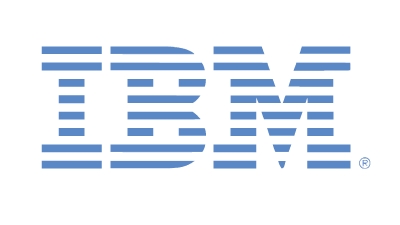WOTC Panel On Challenges, Specialization And Building Perfect Channel Programs
Submitted by Sarah Kuranda on

Mackenzie: If you had an opportunity today to create your channel program from scratch...what would you replicate and what would you eliminate in today's market?
Atchison: For Symantec, we actually just redesigned our partner program, which has kind of been an interesting process. What I would say is that we've learned through that is that complexity is not your friend. Partners do not like complexity. For us as a company, now we're actually splitting our company so we get to kind of do this all over again. But, I think going through that process some of the tenants of not being too complex, knowing what those right benchmarks are to make it maybe hard but not too hard and figuring out the balance of how you invest in those different partners – it becomes a bit tricky. I think understanding best practices, using your friends in the industry, going back to your partner community to get that feedback becomes really important. I think the biggest thing I learned during this process is that complexity is not your friend, so if you can make it easy partners will respond better to that.
Gil: CA is going through this right now. We have a predominantly direct sales model and we're really looking to make big investments in partners going forward, which means a lot of retooling on every single aspect of the business. I would echo what Trisha [Atchison] said about keeping it simple for partners. We're really trying hard to root all of our thinking on while partner are very critical, at the end of the day they're a route to customers. We're really making sure to think as we go forward, "how does this serve the customer?" Ask that every single time, whether it's tactical activity or a big strategic move, how does this improve my relationship with the customer? Finally, we talked about different partner sizes a bit – understanding, for the most part, partners are small to medium size businesses and they can't shift gears and they don't have the resources to turn the ship on a dime. To really maintain that trust, maintain that faith in your program and in the company, they really need the help and support built in. We're focusing on doing a few things very, very well and really establishing that great relationship with the partner and making sure it's rooted in the customer.
Philpot: If there's one thing I would do again, it's definitely implementation of specialization...We've got something like 25,000 partners and customers and sales was absolutely confused with who to work with on what. With a very fast expanding product range, it was really hard. Specialization, I cannot tell you how many customers have actually thanked us for putting that in place in the program. That's definitely something I would do again.
The thing I would eliminate are those conversations where you've got these great ideas, even business practices say you can do it, and systems come and says [you can't]...If I could eliminate any system conversation that tells me "no," I would pay big money for that.
Johansen: Make sure that you are focused on your go-to-market. Whether it's on segmentation or products, really make sure you're intentional about that because that certainly helps building your program. The other thing is leadership support. If your leadership isn't supporting this, and I mean from the top down, it isn't worth it to build the program. Make sure your leadership is completely supportive of what you're doing and everybody has stacked hands and agreed this is how we're going to do it.
Investment – if you don't have the money to do certain things, I would really question it because it takes a lot of money to roll out programs that are going to be successful.
When I think about eliminating things, it's the opportunistic partners out there. I have them today but it's certainly something that I have to really take a hard look at. One size fits all – I mean that doesn't work anymore guys. You have to be at a geo-level, to a regional-level and that takes resources to be able to do that too. Another thing that I look at is from the concept of the direct sales team that our partners bring no value. If I could get rid of that, that would be game changing in my organization. Last but not least is technology – get rid of the old technology. This is cutting edge that we've got to be in today.






